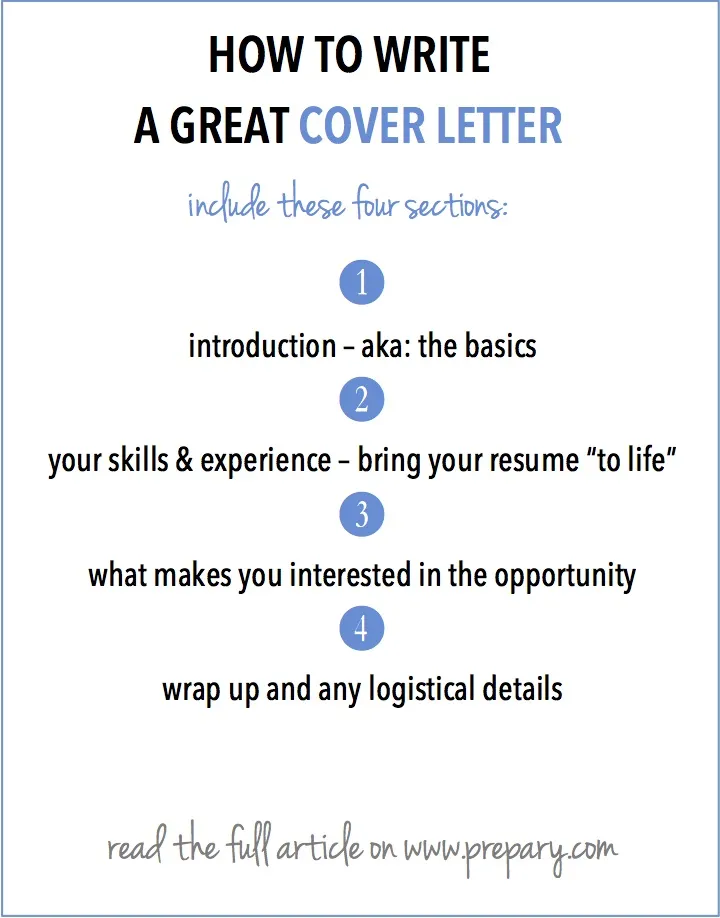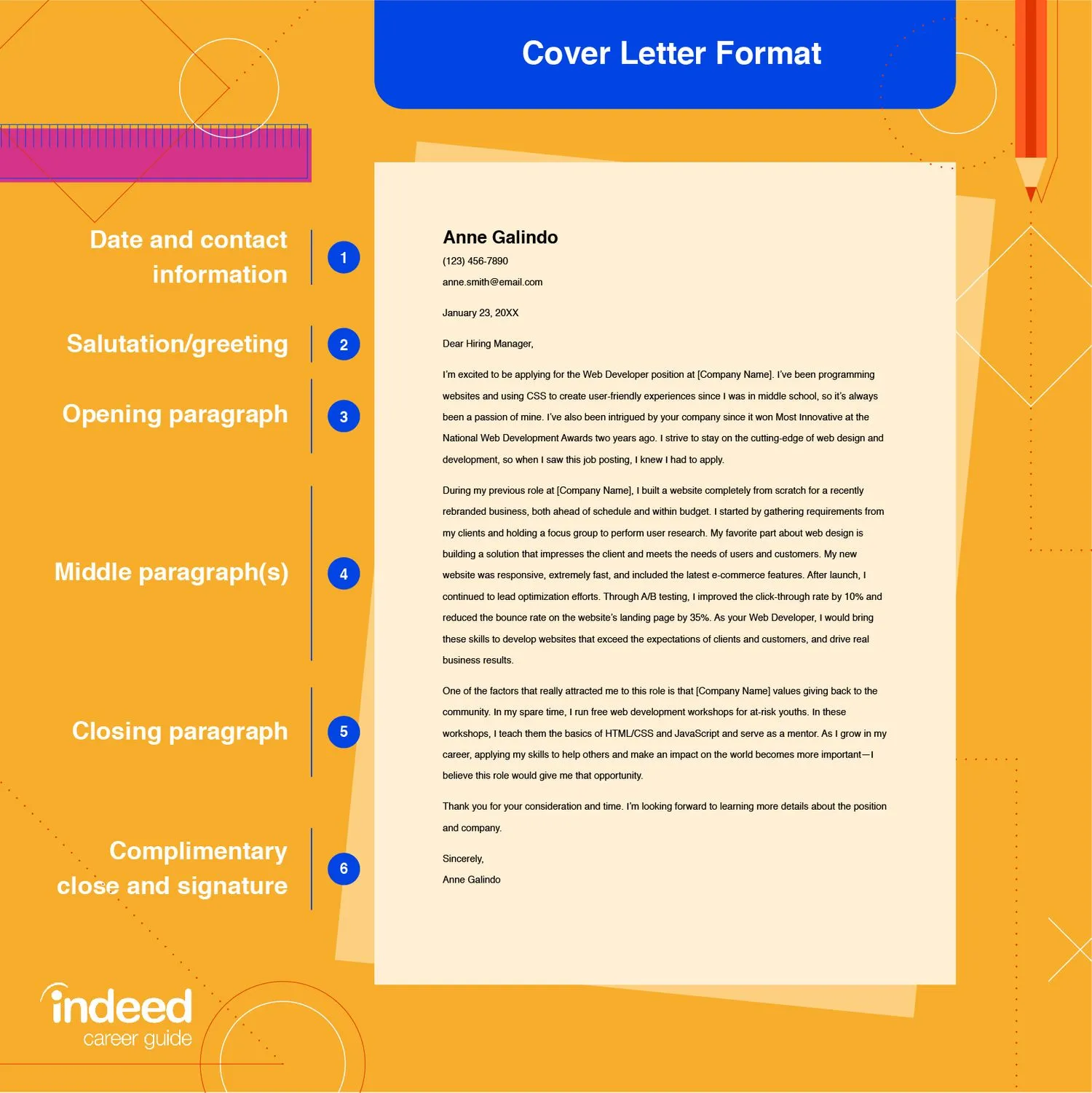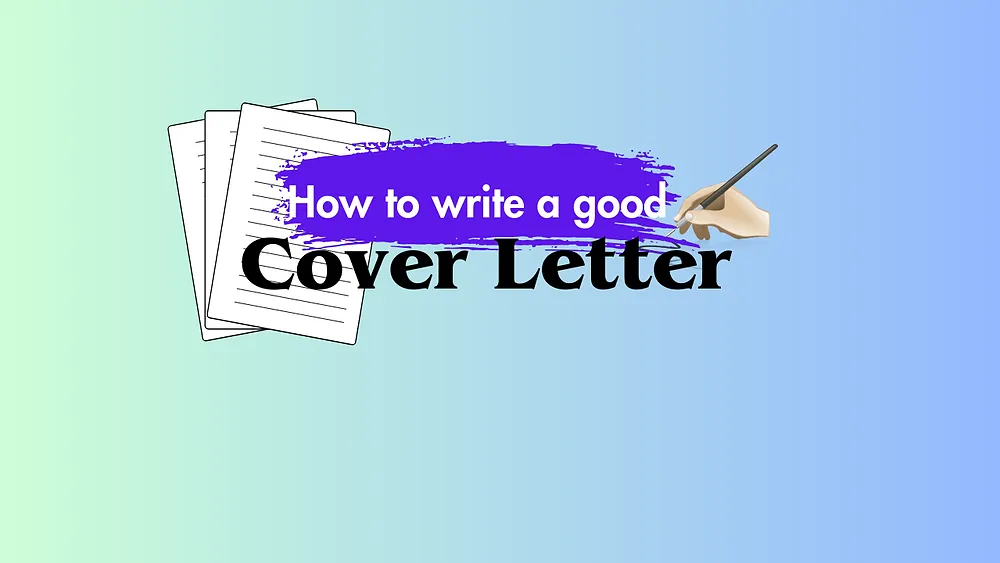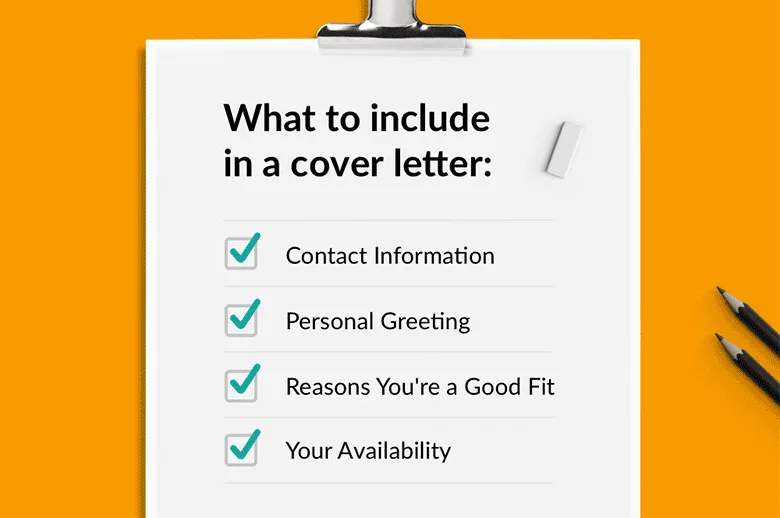What Should Be in a Cover Letter? Overview
A cover letter is your first introduction to a potential employer, and it’s your opportunity to make a strong first impression. Think of it as a personalized sales pitch, where you highlight your qualifications and express your interest in the specific role and company. Unlike your resume, which provides a factual summary of your experience, your cover letter allows you to showcase your personality, writing skills, and understanding of the job requirements. A well-crafted cover letter can significantly increase your chances of getting noticed and securing an interview. Failing to include the right elements may send your application directly to the rejection pile, so it’s essential to know exactly what should be in your cover letter.
Highlighting Your Key Skills
Your cover letter should prominently feature your key skills and how they align with the job’s requirements. Carefully review the job description and identify the skills the employer is seeking. Then, provide specific examples of how you’ve successfully used those skills in previous roles or projects. Don’t just list your skills; demonstrate them. For example, instead of saying “I have strong communication skills,” you could write, “In my previous role, I successfully led a team of five in a marketing campaign, resulting in a 15% increase in leads through clear and concise communication.” This approach provides tangible evidence of your abilities and makes your cover letter more compelling. Consider using keywords from the job description to ensure your cover letter aligns with the employer’s needs.
Showcasing Relevant Experience

While your resume provides a detailed account of your work history, your cover letter allows you to elaborate on your most relevant experiences. Choose the experiences that directly relate to the job you’re applying for and highlight your accomplishments. Use the STAR method (Situation, Task, Action, Result) to structure your examples and provide context. Briefly describe the situation you were in, the task you were assigned, the actions you took, and the positive results you achieved. This method helps you demonstrate your problem-solving abilities and showcase the value you brought to previous employers. Tailor your examples to match the specific requirements of the job to make your application stand out, and make sure your experience directly relates to the role.
Tailoring to the Job and Company
One of the most critical aspects of a successful cover letter is tailoring it to each specific job and company. Generic cover letters are easily recognizable and often get rejected. Instead, research the company and the role to demonstrate your genuine interest. Address the cover letter to the hiring manager by name if possible, and show you understand the company’s mission, values, and recent projects. Explain why you are interested in this specific opportunity and how your skills and experience align with their needs. Mentioning specific projects, initiatives, or values that resonate with you shows that you’ve done your homework and are genuinely invested in the company. Your tailored cover letter must make you stand out from the rest.
Demonstrating Enthusiasm and Interest
Your cover letter is your opportunity to express your enthusiasm for the role and the company. Let your personality shine through and convey your passion for the job. Use positive and engaging language to show you’re excited about the prospect of joining the team. Explain what motivates you, what you are hoping to learn or contribute and why this role aligns with your career goals. Avoid generic phrases and instead, write in your own voice to build a genuine connection with the reader. Remember that the hiring manager seeks to find the best fit; if you are truly enthusiastic about the role, that should be evident in every line of your cover letter, including why you want to work for that specific company.
Proofreading and Formatting

Attention to detail is crucial in a cover letter. Errors in grammar, spelling, and formatting can create a negative impression and undermine your credibility. Before submitting your cover letter, carefully proofread it multiple times. Use a grammar and spell checker, but don’t rely on them entirely. Read your cover letter aloud to catch any awkward phrasing or sentences that don’t flow smoothly. Ask a friend or colleague to review your cover letter as a fresh pair of eyes can often spot errors you might miss. Ensure your formatting is professional, with clear headings, consistent fonts, and appropriate spacing. A polished and error-free cover letter demonstrates your professionalism and respect for the opportunity.
Cover Letter Examples
To better understand what elements compose a winning cover letter, review cover letter examples. A quick internet search can give you thousands of examples tailored to specific industries and roles. Look at the structure and the way different candidates showcase their strengths and align them to the job description. See how experienced candidates use the STAR method, tailor their letter to specific companies, and express their enthusiasm. Cover letter examples may give you the right structure that you can adapt for your needs. Adapt the wording, not just copy and paste, to ensure the content is 100% original, and your cover letter reflects your personality.
Cover Letter: Do’s and Don’ts
Do include

- A compelling introduction that grabs the reader’s attention.
- A clear explanation of why you’re interested in the role and the company.
- Specific examples of your skills and experience relevant to the job.
- Quantifiable achievements and results.
- A professional and well-formatted layout.
- A strong call to action, inviting the employer to contact you for an interview.
Don’t include
- Generic or mass-produced content.
- Typos, grammatical errors, or poor formatting.
- Irrelevant information or personal details.
- Overly long paragraphs or a disorganized structure.
- Negative comments about previous employers or colleagues.
- A lack of enthusiasm or a passive tone.
